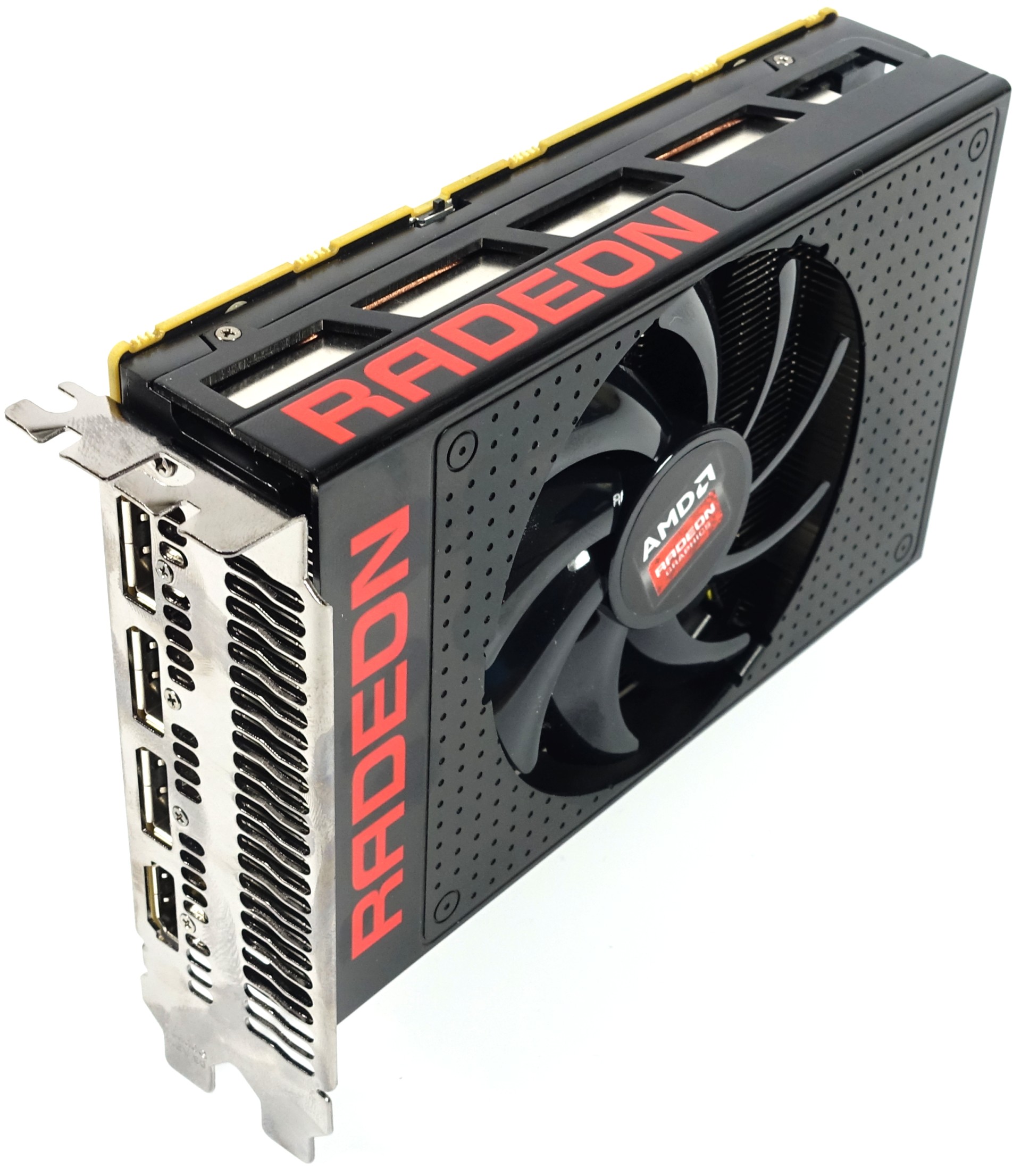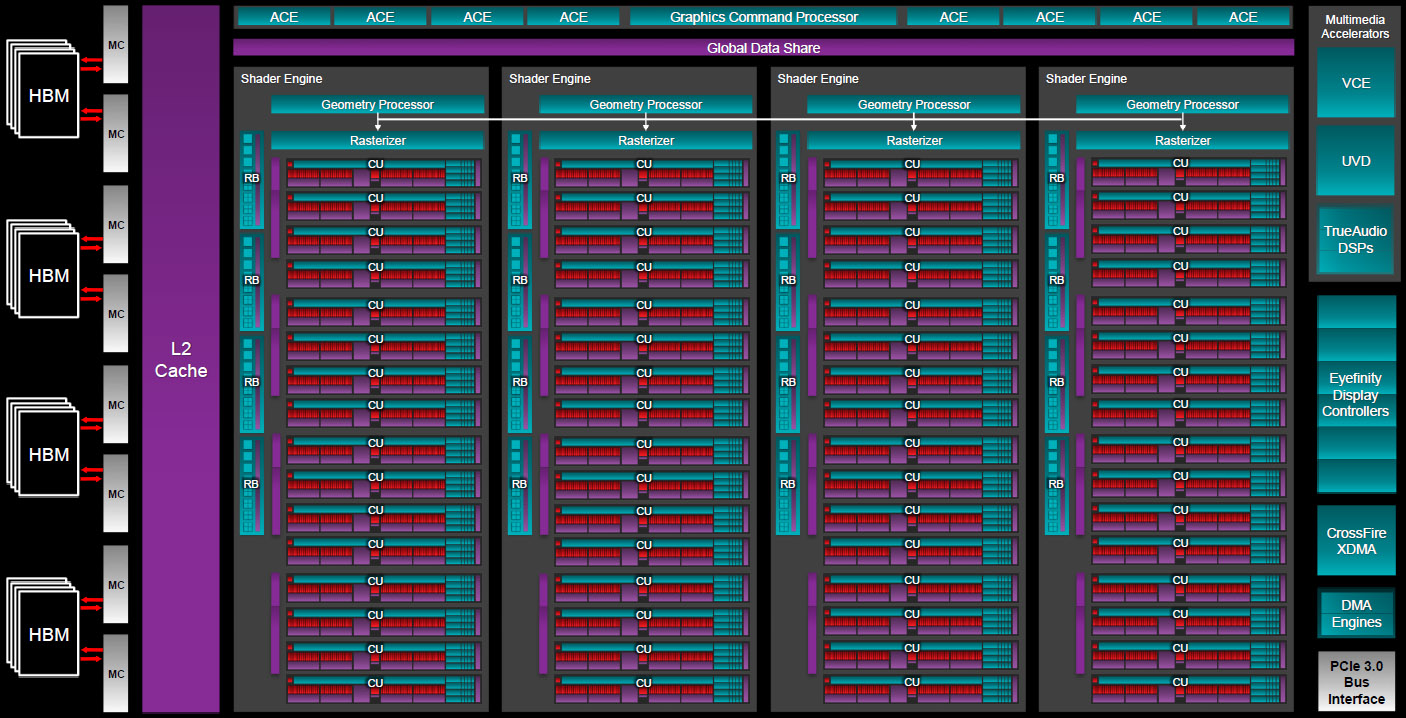AMD Radeon R9 Nano Review
Small, fast and pricey — that’s how AMD wants to establish a whole new product category. But does the Radeon R9 Nano have the performance to back up its price tag?
Introduction
"In a Class of Its Own"
This is the marketing slogan that AMD keeps feeding us. Over and over, the company tells us just how great it is to game at 4K using a small form factor platform. Believe us AMD, we know. The Tom's Hardware audience certainly appreciates the technical acumen that goes into generating big frame rates in compact enclosures.
We're certainly not surprised to see AMD emphasize the highest resolutions with its newest products. As far back as last year’s FirePro W8100 and W9100, AMD declared high-res 3D to be the killer feature distinguishing it from the competition. The thought process was fairly simple. If you can't beat the other team in a straight-up battle, find a way around them.
So what does all of that have to do with the launch of AMD's Radeon R9 Nano? As we saw in theory when we teased the Fiji GPUs, and then in practice when we reviewed the Fury X, the graphics processor's design shines particularly at high resolutions.
And it’s easy to explain why: a quick look at the Fiji block diagram illustrates the chip's four shader engines, similar to Hawaii's configuration. Each has its own geometry processor and rasterizer, as well as four render back ends that can process up to 16 pixels per clock each. Fiji distinguishes itself by increasing the number of compute units (CUs) per shader unit from 11 to 16. With 64 shaders per CU, each engine ends up with 1024 shaders, or 4096 shaders total. AMD stuck with four texture filter units per CU, which means that there’s a total of 256 per shader engine, as opposed to Hawaii’s 176.
Perhaps you're wondering if the lack of change in the front end bottlenecks the back? We got our answer back when we reviewed the Radeon R9 Fury X. That's why Fiji fares better at high resolutions, but runs into trouble against the competition at Full HD.
The Form Factor as the Next Big Thing?
With our guesses as to AMD's newly-discovered focus on Ultra HD out of the way, we turn to the company's most recent obsession: compact high-end graphics cards for the mini-ITX form factor. There’s no real competition in this space. The nearest threat is Nvidia’s GeForce GTX 970 Mini, which has trouble with high resolutions due to its memory subsystem.
If there’s one thing that Nvidia and its board partners have completely missed, it’s high-end graphics designed for small PCs (though that doesn't stop companies like Falcon Northwest from dropping GeForce GTX 980 Tis into mini-ITX builds). The HBM that AMD takes advantage of on its single-GPU flagship is also a boon for the Radeon R9 Nano. Still, the GeForce GTX 970 Mini shows us that a small card from Nvidia isn't out of the question, even if GDDR5 makes layout more of a challenge.
Get Tom's Hardware's best news and in-depth reviews, straight to your inbox.
Without a diminutive 980 variant planned (that we know of), the gap in Nvidia’s line-up is exactly what AMD wants to capitalize on, delivering high performance at demanding settings without generating a ton of heat. As it turns out, AMD's Radeon R9 Nano is a great piece of hardware; there's really nothing like it out there. That’s probably why AMD is setting its price at an eye-popping $649.
A lack of competition shapes our testing. Really, we're forced to narrow our focus to the Radeon R9 Nano versus Nvidia’s GeForce GTX 970 Mini, which is close in size but not as fast.
| Header Cell - Column 0 | AMDRadeon R9 Nano | AMDRadeon Fury X | GigabyteGTX 970 Mini | Gigabyte GTX 970 Mini (OC) | MSI R9 390XGaming 8G | MSI GTX 980 Gaming 4G |
|---|---|---|---|---|---|---|
| Shader Units | 4096 | 4096 | 1664 | 1664 | 2816 | 2048 |
| ROPs | 64 | 64 | 56 | 56 | 64 | 64 |
| GPU | Fiji | Fiji | GM204 | GM204 | Hawaii | GM204 |
| Transistors | 8.9 Billion | 8.9 Billion | 5.2 Billion | 5.2 Billion | 6.2 Billion | 5.2 Billion |
| Amount of Memory | 4096MB | 4096MB | 4096MB | 4096MB | 8192MB | 4096MB |
| Memory Interface | 4096-bit | 4096-bit | 256-bit | 256-bit | 512-bit | 256-bit |
| GPU Clock Frequency | Up to1000MHz | Up to1050MHz | 1076MHz+ | 1226MHz+ | 1100MHz | 1126MHz+ |
| Memory Frequency | 500MHz | 500MHz | 1750MHz | 1800MHz | 1500MHz | 1750MHz |
| Price | $649 (MSRP) | $650 (MSRP) | $313 | $313 | $430 | $540 |
MORE: Best Graphics Cards For The Money
MORE: All Graphics Content
In addition to our usual test system, we’re using the X-Hardware X-Trem 4790 for operating temperature, power consumption and noise measurements. This PC case fits well with our test setup, and employs AMD’s preferred mini-ITX form factor.
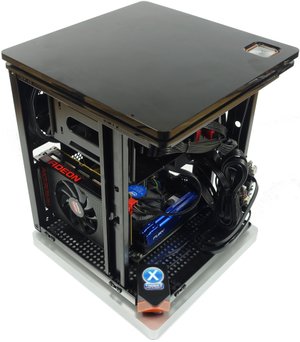
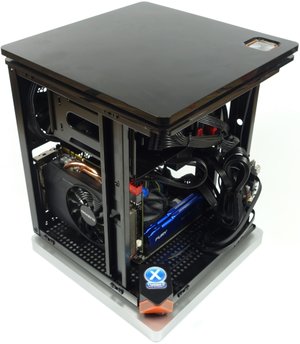
AMD’s Target: Nvidia’s GeForce GTX 970 Mini
We have a number of mini-ITX graphics cards in the lab, but again, only Nvidia’s GeForce GTX 970 Mini is in a similar league. More specifically, we’re using the Gigabyte’s GTX 970 OC (Mini). The factory-overclocked board can be further tuned by another 150MHz or so. Even at those clock rates, it stays stable, its power consumption remains reasonable and the card doesn’t sound like a jet engine.
Its performance is acceptable for 1920x1080 and often for 2560x1440 as well. In light of its reasonable $320 street price, Nvidia's card actually sits pretty. But is 3840x2160 viable with just 3.5GB of usable memory? We’ll have to see about that. The plan is to test with and without optimized overclocking. In the end, though, it'll be at a disadvantage no matter what.
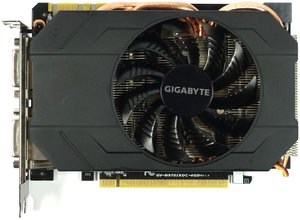

Gigabyte's GTX 970 OC Mini has the same power target as the reference card: 145W. We managed to raise it by 12 percent, giving us two test points (the original stock frequencies with a stable GPU Boost clock rate of 1151MHz and the manually overclocked version at 1301MHz+).


The cooler is surprisingly strong, but can’t overcome physics. Consequently, it gets loud above 160W. This is why we’re using the original BIOS, without any additional changes to the power target. Usually, end users won’t mess with that either. There are two DVI outputs (one combined with an analog connector), three DisplayPort connectors and one HDMI 2.0 port found on the back of the card. The latter is a feature that is both noticeably and painfully absent from AMD's Radeon R9 Nano with its 4K emphasis.
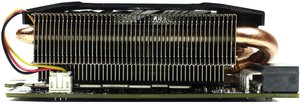

We’ll find out later how the small Nvidia graphics card fares against AMD’s Radeon R9 Nano, which is supposedly "In a Class of Its Own." Let’s first take a look at AMD’s new offering, though.

Igor Wallossek wrote a wide variety of hardware articles for Tom's Hardware, with a strong focus on technical analysis and in-depth reviews. His contributions have spanned a broad spectrum of PC components, including GPUs, CPUs, workstations, and PC builds. His insightful articles provide readers with detailed knowledge to make informed decisions in the ever-evolving tech landscape
-
Eximo Looks like the table had a hiccup. GTX970 (OC) is showing a lot of the numbers from the R9-390X, and maybe a few numbers from the 980 column.Reply -
-Fran- It is a nice card and I agree, but... It's not USD $650 nice.Reply
This card is a very tough sell for AMD, specially since ITX cases that can house current long cards are not hard to find or weird enough to make short cards a thing.
It's nice to see it's up there with the GTX970 in terms of efficiency, since HTPCs need that to be viable and the card has no apparent shortcomings from what I could read here.
All in all, it needs to drop a bit in price. It's not "650 nice", but making it "~500 nice" sounds way better. Specially when the 970 mini is at 400.
Cheers! -
sna no HDMI2.0 in itx small system near the 4k TV is unforgivable AMD , what were you thinking?Reply -
sna Reply16605176 said:It is a nice card and I agree, but... It's not USD $650 nice.
This card is a very tough sell for AMD, specially since ITX cases that can house current long cards are not hard to find or weird enough to make short cards a thing.
It's nice to see it's up there with the GTX970 in terms of efficiency, since HTPCs need that to be viable and the card has no apparent shortcomings from what I could read here.
All in all, it needs to drop a bit in price. It's not "650 nice", but making it "~500 nice" sounds way better. Specially when the 970 mini is at 400.
Cheers!
well this card is for the smallest case ... not the easy to find huge long itx case.
I personaly find long itx cases useless ... they are very near to Matx case in size .. and people will pick up MATX ovet ITX any time if the size is the same.
BUT for 170mm long card ? this is a winner.
the only thing killing this product is the lack of HDMI2.0 which is very important for itx .. ITX are the console like PC near the tv.
-
heffeque Replyno HDMI2.0 in itx small system near the 4k TV is unforgivable AMD , what were you thinking?
I guess that they were thinking about DisplayPort? -
Nossy I'd go with the 950 GTX for a mini ITX build for a 1080pgaming/4k video HTPC.Reply
For a $650 bucks video card. I'd go with a 980TI and use a Raven RVZ01 if I want an ITX build with performance.
